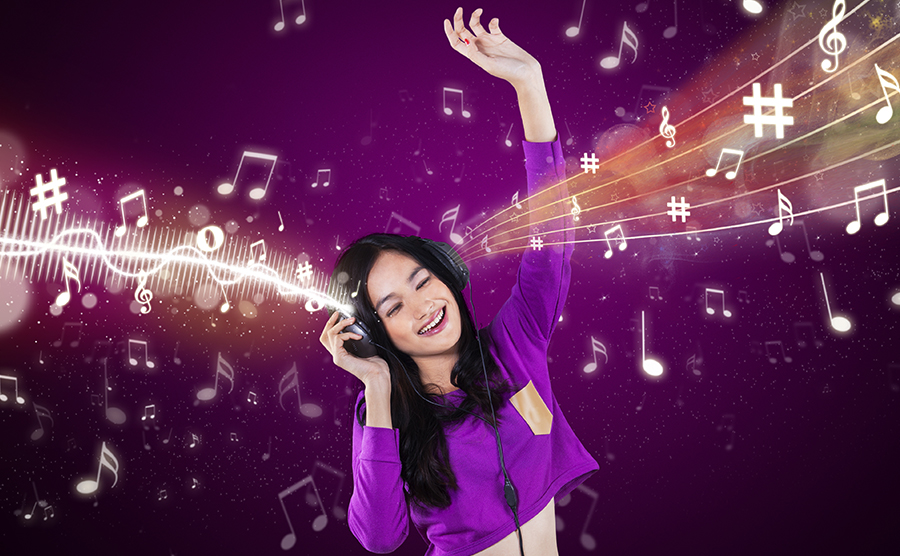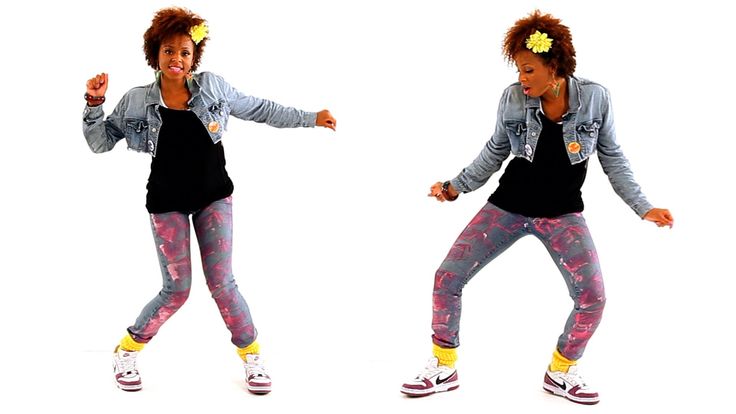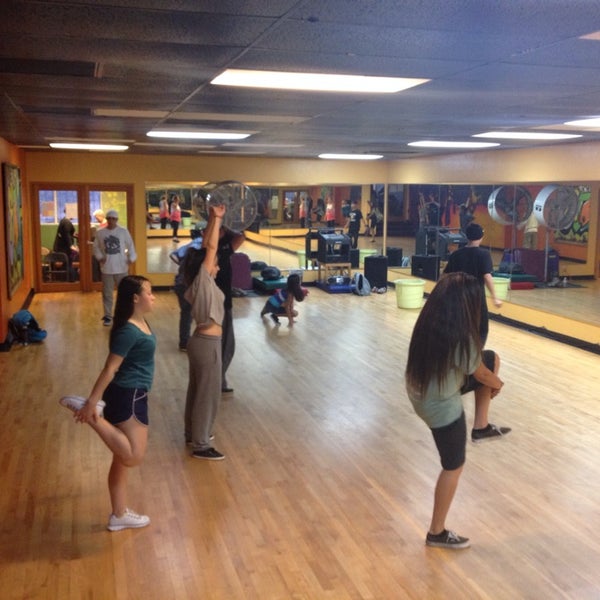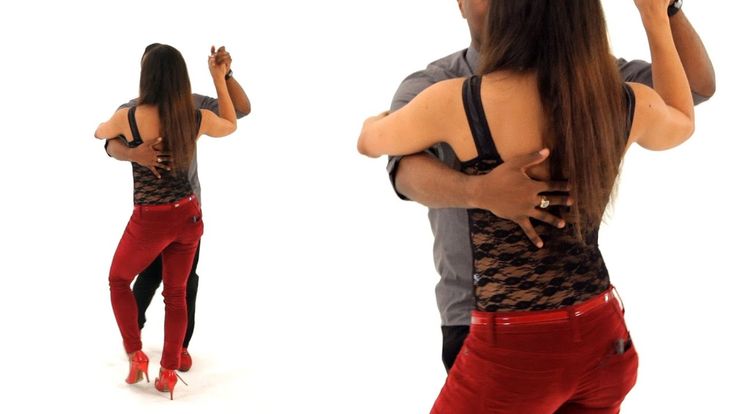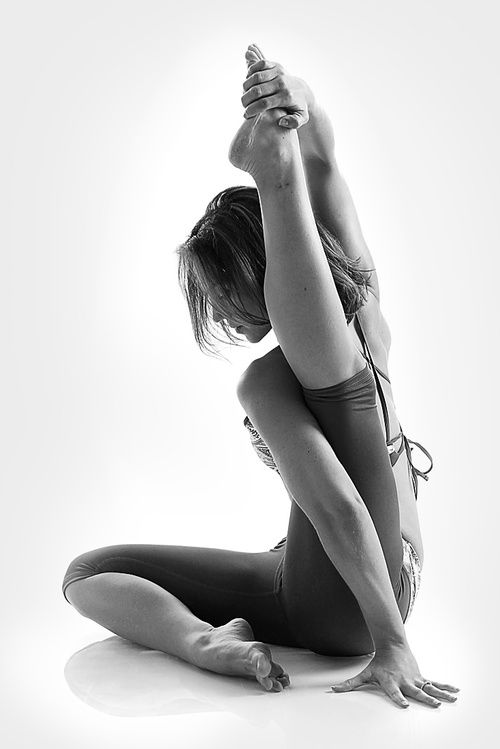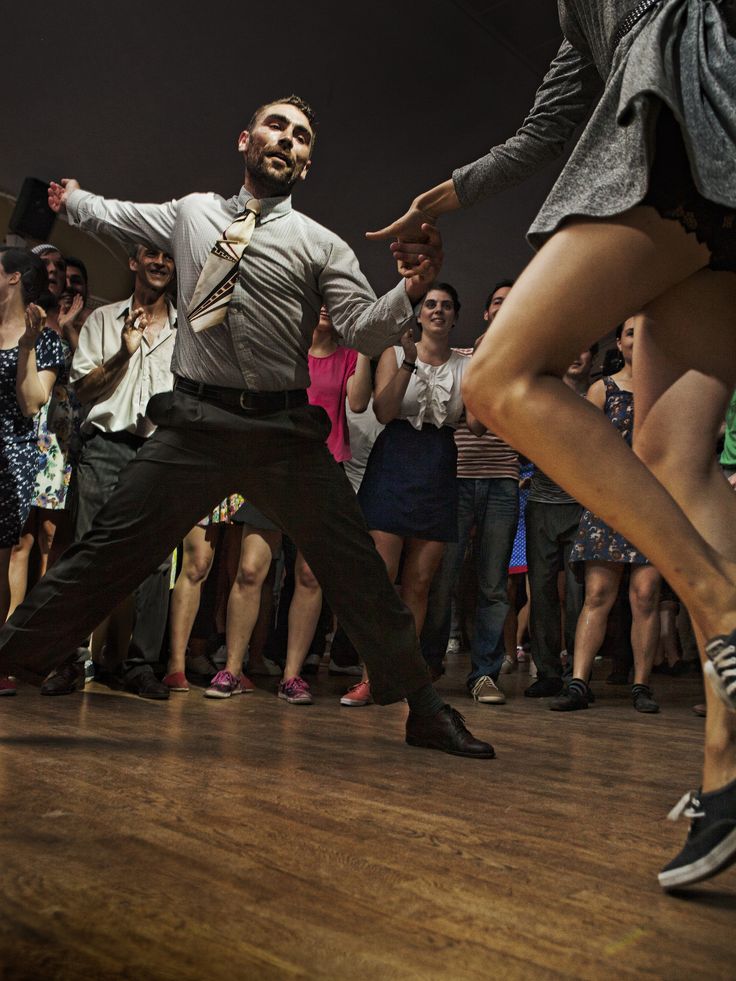How to sing while dancing
How to Sing & Dance at the Same Time like Beyoncé & Kpop Idols BTS
Posted on by TeenStar
Learning how to sing and dance at the same time could take your performance to the next level. However, it is very challenging, technically and physically.
You should aim to get physically fit before you sing while you dance. Learning your moves and lyrics is essential but you need to have excellent breath control to put them together. You also need a lot of stamina to be able to perform night after night.
A good dancer’s diet along with some great exercises will help you sing and dance at the same time. Find out how Beyoncé and Kpop superstars like BTS can sing and dance for hours and make it look effortless.
Is it possible to sing and dance at the same time?
- Learn the song and dance separately
- Start with lip-syncing
- Focus on your breathing
- Improve your stamina
- Sing while you exercise
- Bring it all together
1.
Your first step should be to sing the song as well as you can without dancing. The same goes for dancing without singing. This will ingrain the fundamentals of both parts into your head. It’s also good to brush up on your skills as a singer and dancer before you commit to bringing the two disciplines together.
2. Try lip-syncing
A great way to move forward is to dance and lip-sync instead of singing. This will help you get your dance moves down alongside learning the lyrics. You won’t have to focus on your pitching and projection, which will allow your breathing to stay synced with your dancing.
Many artists actually lip-sync in their live shows. This can be when they have a lot of dancing to do or when there is a big production with no time for a sound check. For example, artists sometimes lip-sync for the Superbowl because the stage is set up at the interval.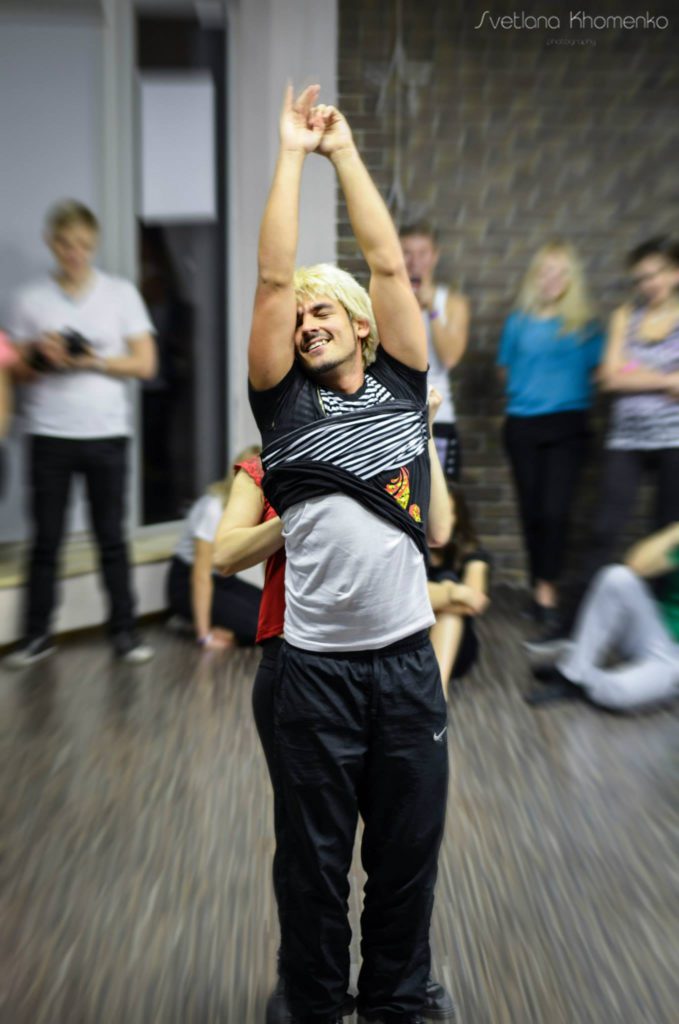
Do they lip sync in Kpop?
Many fans wonder how Kpop idols sing and dance at the same time so flawlessly. Kpop is a very dance-heavy genre of music and acts like BTS often perform complicated dance routines whilst singing. So are they lip syncing or not?
How do Kpop idols sing and dance at the same time?
There is typically a backing vocal track with most Kpop performances. This can include lead vocals but is mostly harmonies. Kpop singers will sing alongside this but won’t usually sing when their dance moves are intense.
The singers spend a lot of time singing independently. This allows one or two of them to move less while the others take the spotlight with their dancing. You’ll notice that when they are singing and dancing that their feet are planted or they are walking. This way they don’t have to think about their footwork whilst singing.
3. Focus on your breathing
Singing and dancing both require excellent breath control. You might find it very difficult to sing and dance at the same time purely because you’re unable to manage your breathing. This is why you need to plan your breaths.
Breathing should be considered as much as a note of dance move. Breathing is more essential for singing so you will want to plan your breathing with your lyrics. Dance and lip sync slowly but add your breaths. Gradually build it up until you can start singing.
You might want to add more breaths once you start dancing. You’ll realise how much energy you’re putting into your performance and find that your planned breaths aren’t enough. Try dropping lyrics at points where you need to focus on dancing if you’re using a backing track.
Why is breathing important in dance?
Your heart rate and breathing increases as you dance. You will start to get out of breath and light headed if your breathing can’t keep up. This will prevent you from performing as well as you should and you’ll definitely struggle to sing.
This will prevent you from performing as well as you should and you’ll definitely struggle to sing.
What is the use of breath in dance?
Breathing can be incorporated into part of your dance routine. Some move may require you to make your body seem bigger. You should inhale along with the beat to push out your lungs. The same can be done for moves where you want your body to be smaller. Instead of inhaling, exhale and let all of your breath out.
How do you breathe while dancing?
The best way to breathe is with your diaphragm. This applies to both dancing and singing. It is a muscle located above your stomach that moves as you breathe. Breathing with your diaphragm is the most efficient way to fill your lungs with air because it moves down as you inhale, which helps suck in air.
If you breathe with your chest then you can make your body tense. It can also result in you feeling more anxious. You should practice breathing with your diaphragm when you sing and dance.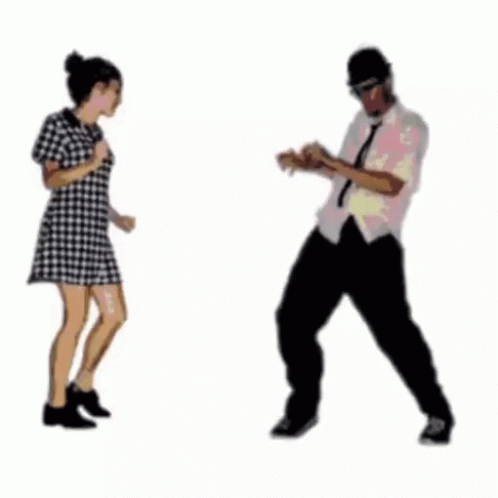 You should also do breathing exercises when you aren’t singing or dancing. This will help you stop breathing with your chest subconsciously.
You should also do breathing exercises when you aren’t singing or dancing. This will help you stop breathing with your chest subconsciously.
4. Improve your stamina
Your stamina needs to be high if your planning on dancing and singing, especially if you want to tour. You will need to build up your stamina as a dancer and as a singer. This won’t happen overnight but it’s never too soon to start doing the right thing.
How to dance without getting tired
Make sure your diet is balanced because this will be the fuel for your energy. Understand that you’re putting a lot of muscles under stress. A poor diet can lead to your muscles recovering more slowly, which can damage them if you dance before they’ve healed.
You should dance regularly to improve your fitness. If you aren’t dancing a lot then you should still exercise. Going into an intense training routine before a performance will be very difficult if you aren’t physically fit enough to handle it.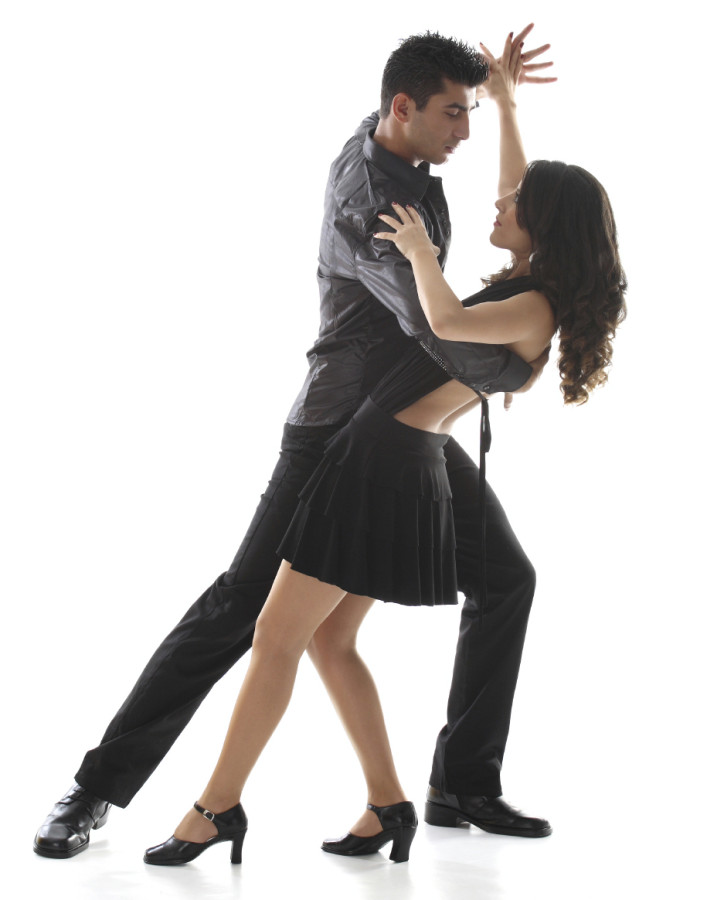 If you aren’t able to exercise, the least you could do is stretch to maintain your flexibility.
If you aren’t able to exercise, the least you could do is stretch to maintain your flexibility.
Your technique is also important, especially for more technical forms such as ballet. Regularly work on your fundamentals, including holding your body and distributing your weight correctly.
Finally, always warm up and warm down your muscles. This will help them cope with long dance sessions and really reduce your risk of injury. Don’t forget to have rest days to let your body recover and prepare it for the next day of dancing.
Singing stamina
Your vocal cords and larynx need to be warmed up and exercised just like any other muscle in your body. Like dancing, this will prevent damage to your vocal muscles in the long term and will make it easier to perform for a long period of time.
Your technique will also go a long way in improving your vocal stamina. You ideally want to start with strengthening your diaphragm for breathing. From there, keep your larynx positioned low and balance your vocal resonance so that you are able to hit high notes with less effort.
Putting too much strain on your voice will make it more difficult for you to sing long sets. If you are dancing at the same time then it is really going to become challenging to maintain your energy levels. The key is to be as efficient as possible without sacrificing quality in your voice or your dance moves.
5. Sing while you exercise
If you haven’t already noticed, you need to be really physically fit to be able to sing and dance at the same time. Once you’ve worked on your breathing and stamina, you should start looking at singing while you exercise.
Is singing a form of exercise?
Singing is actually a form of exercise but it doesn’t focus on the same muscles as other forms of exercise. Practising vocal exercises will help you work out the muscles needed to sing. However, it won’t work out other muscles needed for dancing and improve your cardio.
Working out and singing
Working out while you sing is a great way to get used to singing and exercising before you start singing and dancing. Dancing requires a lot more cognitive effort than lifting weights or running does. If you start running and singing, you can put your planned breathing into practice and improve your stamina.
Dancing requires a lot more cognitive effort than lifting weights or running does. If you start running and singing, you can put your planned breathing into practice and improve your stamina.
Does running make you a better singer?
Running and any form of exercise will make you fitter and it can also have a lot of mental benefits. This will make you a better singer and performer. When singers end up at huge stadium shows then they have to cover a lot of ground to work the stage. Running and improving your fitness will be a great way to prepare your body for these massive stages.
Is singing while running good?
Singing whilst running is good if you are preparing yourself to sing and dance professionally. Beyoncé’s celebrity trainer Mark Jenkins stands by this by making her and other performers sing and run. If you can sing and run then it builds your stamina and makes it significantly easier to sing and dance.
Jenkins also goes a step further by adding altitude masks and hot conditions. We definitely wouldn’t recommend this unless you are absolutely certain that you can handle it. In fact, you shouldn’t jump into singing and running. You could find yourself really out of breath and doing damage to your voice if you aren’t careful.
We definitely wouldn’t recommend this unless you are absolutely certain that you can handle it. In fact, you shouldn’t jump into singing and running. You could find yourself really out of breath and doing damage to your voice if you aren’t careful.
Singing while you exercise should only be practised if you’re already physically fit and singing with a good technique. Build yourself up to it if you are going to try it. If you can get to this stage then you will be ready to sing and dance.
6. Bring it all together
Hopefully, you have learnt your dance moves and lyrics with your lip syncing. Your breathing should be planned out and your increased stamina will help you maintain a good standard of performance. The only thing that is left is to sing while you perform.
Practice in a dance studio and film yourself. You’ll be able to see how well your moves are going and whether you’re hitting the right notes. Remember that if you are in a group then you all need to be physically fit enough to perform the same routine. Keep practising and it should all come together in an amazing performance.
Keep practising and it should all come together in an amazing performance.
Who are your favourite artists that know how to sing and dance at the same time? Let us know in the comments below!
How to Sing While Dancing: 5 Essential Training Tips
It's easy to think you're not talented enough if you can't sing and dance like other singers on stage. But it's actually not as easy as it looks and takes a good deal of training. Anyone can train themselves to dance while they sing, and this article will show you how.
Singing and dancing at the same time requires a healthy body and voice through exercise and a balanced diet. You also need to learn to control your breathing and practice singing while moving or exercising. The song and dance should then be memorised separately before attempting them together.
I have outlined these points clearly below so that you have a step-by-step guide to training yourself to dance and sing at the same time.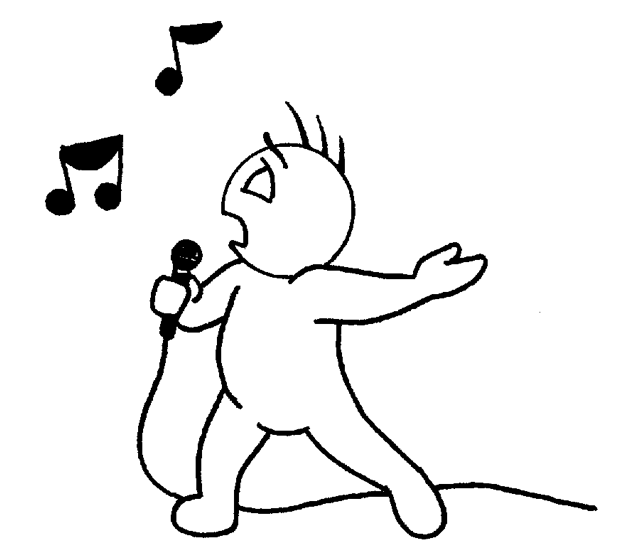 You also might be interested to know that many famous singers struggle with this too, which I will explain further down.
You also might be interested to know that many famous singers struggle with this too, which I will explain further down.
1. Exercise Your Muscles
In order to sing and dance at the same time, you need to be fit. Otherwise you will become tired and breathless very quickly. This is because muscles that are not strong enough have to work harder to keep up.
When muscles are working hard, they need more oxygen, which your heart delivers through your blood. In order to deliver more oxygen, your heart rate increases and you start breathing faster. If you exercise regularly, your muscles will become stronger and won't have to work as hard.
Stretching and Exercising Your Muscles
Before you dance or do any exercise, you need to warm up with stretches. Below are some good stretches to consider.
- Touch your toes
- Reach for the sky
- Forward lunges
- Side reaches
- Rolling your shoulders
From there, it's just a matter of improving your fitness.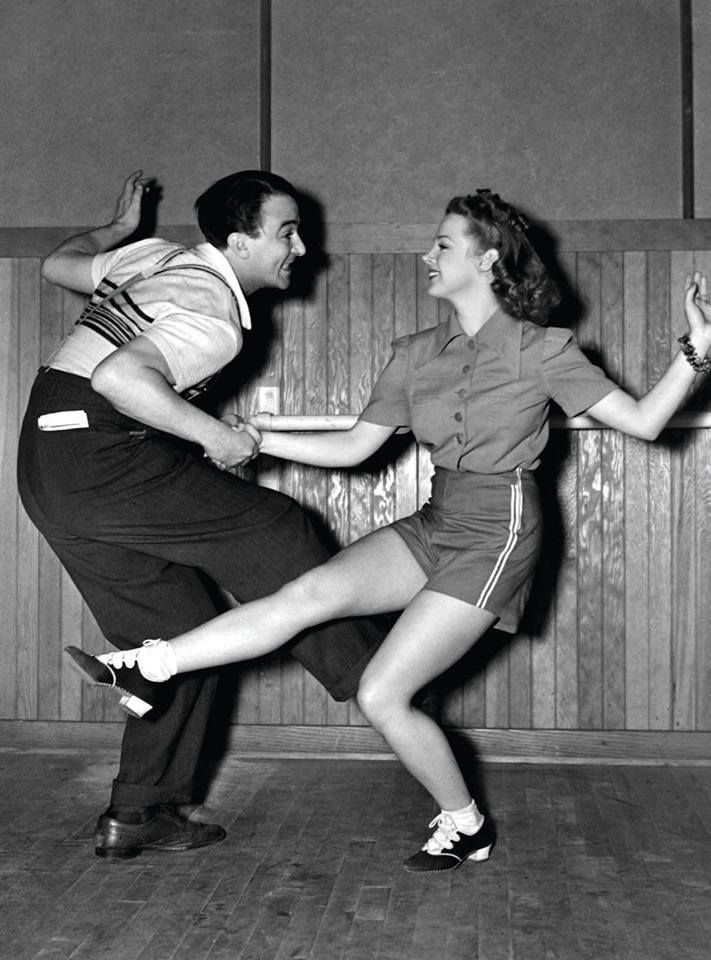 This can be through any cardio activity; running, star jumps, dancing (even just with a dance mat). Whatever exercise you choose, it just needs to be something that gets your heart pumping.
This can be through any cardio activity; running, star jumps, dancing (even just with a dance mat). Whatever exercise you choose, it just needs to be something that gets your heart pumping.
Exercising Your Voice
Exercising your voice involves all the vocal warmups your singing teacher has given you. These exercises can be used to warm up your voice before a performance or as a way of strengthening your voice.
Great vocal exercises include scales, sirens, yawns and puppy dog whimpers. You can find out how to do these warmups here (sirens and whimpers) and here (yawns and other exercises to control the voice).
These exercises engage various muscles in your voice box and stretch them so they can work more effectively. This also prevents damage to your vocal cords when you sing.
2. Learn to Control Your Breathing
Your breathing is mainly controlled by your diaphragm. By learning to control your diaphragm, you can control how much air you breathe in and how much can escape as you sing and dance.
The key is to let as little air out as possible when you sing (to avoid puffing) and to take deep breaths when you can.
You can teach yourself to let air out slowly and strengthen your diaphragm by doing regular breathing exercises. You can find breathing exercises in this article. You can then run through your song to determine the best places to take a deep breath. This is usually after a phrase or between the verse, chorus or bridge.
It is very easy to become breathless when you dance, so try to concentrate on breathing deeply and regularly.
3. Eat a Healthy Diet
Eating healthy will give you the energy you need to dance while you sing and keep you hydrated. Processed foods often contain simply energy sources that burn quickly and leave you feeling tired. The energy from healthy food options is often more complex, providing a slow-burning fuel-source.
Eating healthy will also prevent excess mucous or a dry sore throat after you sing. In saying that, there are still some healthy foods, like cheese, that can affect your voice. Here is a guide to the main foods you should avoid before singing.
Here is a guide to the main foods you should avoid before singing.
Another benefit to eating healthy is that your body will be more efficient at energy production and carrying oxygen to the muscles. Iron, in particular, which is found in red meats and green leafy vegetables, will allow the blood to carry more oxygen at a time. This means you are not as likely to be puffing for air.
4. Practice Singing and Moving
Before you run, you need to walk. This saying is very relevant to your current situation. You need to learn to carry out basic movements while singing before you are ready to take on a dance.
You can practice this in a number of ways, which you can find below. Choose whatever you are comfortable with and work up from there.
- Sing while vacuuming
- Sing while walking
- Sing while jogging
- Sing while emptying the dishwasher
- Sing while jumping (on a trampoline is more fun)
I'm sure there are many other ways you can think of singing while you move around. But whichever you choose, make sure you focus on breathing regularly and singing steadily. You can even start by just trying to hold one note. Just keeping that single note steady while jogging or jumping can be hard.
But whichever you choose, make sure you focus on breathing regularly and singing steadily. You can even start by just trying to hold one note. Just keeping that single note steady while jogging or jumping can be hard.
Don't be discouraged if you find this difficult. This will be something that, if you keep practising everyday, you'll realise one day that it has become second nature. Don't be afraid to try singing to basic dance moves either, like doing the grapevine back and forth.
5. Memorise the Song and Dance
Once you have checked off the four steps above, your body should be ready to sing and dance at the same time. So the last step is memorising your music and your dance moves.
Learn to sing your song separately to learning the dance moves until you can do each without thinking. For your song, you need to make sure the lyrics are second-nature and you know exactly what melody you need to sing. You should also practice all the high notes until they come easily as well (here are a few tips on how to sing higher).
For your dance, make sure there are no moves that make you stumble. You should also be able to do them while maintaining a conversation with someone. This proves that you are ready to incorporate singing into your dancing.
Once you master this, you're going to look and sound absolutely fabulous!
The Reality of Most Famous Singers
You may have looked at all of the above and thought that singing and dancing is a lot harder than you thought. If that's the case, don't be discouraged. The truth is, many famous singers are thinking the same thing.
In fact, many singers use a little trick that we like to call lip-syncing. When a singer is performing a complicated dance, they often have a recording playing in the background that allows them to stop singing and mouth the lyrics. This means they can concentrate on their dance moves and then start singing again when they're ready.
Another trick is to simplify their dance moves while they're singing. If you watch some singers, you'll notice that they dance the most when they're not singing and then will walk around the stage more when they do sing.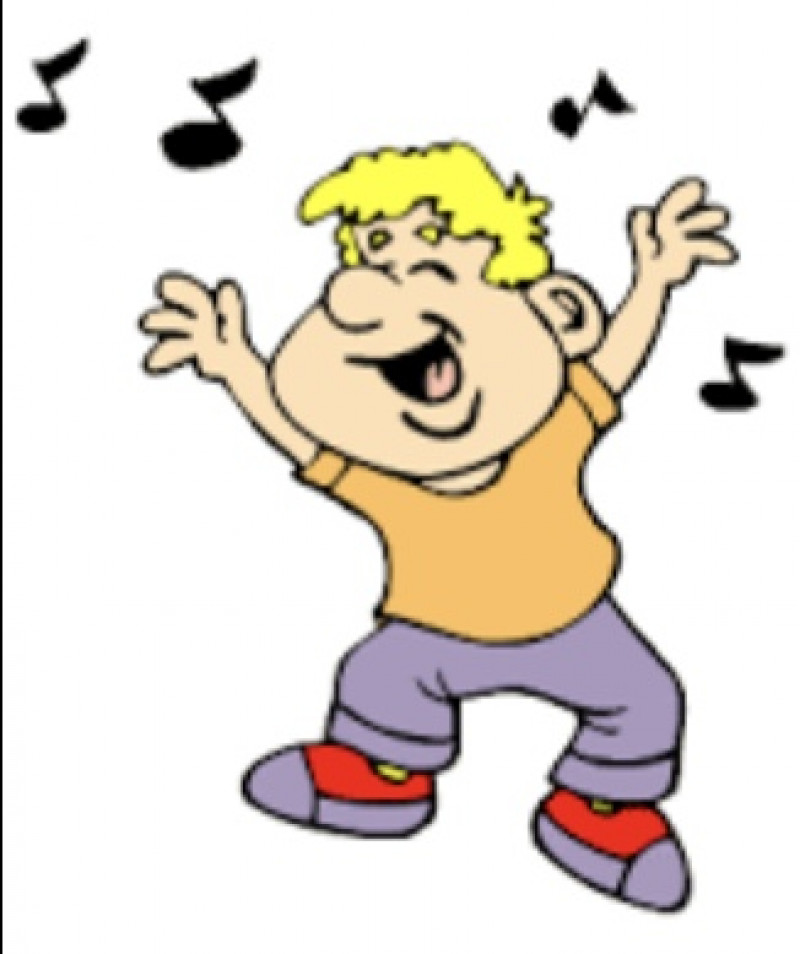 This means they don't have to think about their footwork while singing.
This means they don't have to think about their footwork while singing.
There are most certainly singers out there that are incredibly talented at singing and dancing at the same time, but these people work very hard to do that. If you work hard, you'll find that you can sing and dance at the same time too.
How to sing and move | Opera and vocals
In continuation of the conversation about our body, let's talk about movement while singing. Of course, in classes and at concerts, the singer most often just stands at the piano . But when entering the theatrical stage, when staging scenes from operas, the situation is different, and experience is needed here.
In fact, the ability to sing and move to the rhythm of singing arose in the early stages of human development. It has been suggested that movement and rhythm synchronization may have evolved as a by-product of vocalization learning. In all cultures, the union of singing and dancing is very natural for a person.
We can say that a person is born to sing and move!
As for the stage, at first is disturbed by movement and singing at the same time. The vocalist already has a hundred tasks in his head, relating only to technique and expressiveness, and then you still need to walk, even run, go up and down the stairs, lie down, sit and so on. Even at a concert, just standing like a pillar is not welcome. After all, any movement, especially in chamber music, is important . This is a gesture, and a turn of the head, and a slight tilt - dozens of nuances.
It is difficult to connect the body harmoniously at once, confidence and coordination of movements are needed , finding comfort. That's what stage movement is for. But what can you do on your own to develop the skill of moving around the stage?
First of all, you need awareness of the movement (yes, the one hundred and first task in your head). The good news: you can train both alone and without a teacher, so that no one and nothing bothers you. So, we take any scene from any opera. For example, let's say you're a tenor and you're learning the part of Nemorino from Love Potion. You search Youtube for any production you like, for example, one of the productions of Fabio Sparvoli's L'elisir d'amore. Then you take the duet scene with Adina, watch and memorize the mise-en-scenes. Look several times, thinking about the movements of the artists, noticing the nuances and gestures.
The good news: you can train both alone and without a teacher, so that no one and nothing bothers you. So, we take any scene from any opera. For example, let's say you're a tenor and you're learning the part of Nemorino from Love Potion. You search Youtube for any production you like, for example, one of the productions of Fabio Sparvoli's L'elisir d'amore. Then you take the duet scene with Adina, watch and memorize the mise-en-scenes. Look several times, thinking about the movements of the artists, noticing the nuances and gestures.
Now you move away from the screen, leaving only the music, and as if to the soundtrack (you can sing, you can not) repeat the movements. At the beginning, it may not work out at all, there may be inconvenience even alone with yourself. But as you repeat, your movements will become more and more confident (if possible, practice in front of a large mirror), as if moving from one to another, smoothly and harmoniously. Do not forget about the facial expression, whether it matches the mood of the scene. Check from time to time if the body is not too tense .
Do not forget about the facial expression, whether it matches the mood of the scene. Check from time to time if the body is not too tense .
Then you can add "gag". Since you are alone, let yourself be fooled. Add props. If something doesn’t work, just watch the recording again, how the artist holds himself, where he puts his hands. Repeat the scene over and over. Whatever mise-en-scène the director offers you next, you will already have your own developments that you can fit into the production.
You can go further and even work with the camera. It doesn't matter if you sing, hum or speak the text, now all attention is on the movement of the body. Even better than a mirror, the camera will show errors , clips and awkward movements.
This exercise seems ridiculous at first, but it is a good help for those who are not at all confident in their movements on stage. If you practice alone with yourself, in real rehearsals the body will not be constrained and awkward.
Share:
"Which skill is more important for idols - singing or dancing?": A hotly contested question among netizens amid the rising era of 4th generation idols
An excerpt from the 4-year-old program has resurfaced online, sparking heated debate among netizens.
See also: aespa's Karina's fancam went viral in China, approaching BLACKPINK's Rose's record
which idols should have resurfaces again. Not too long ago, a furious controversy erupted on Korean online platforms when some people pointed out that the 4th generation of idols is a generation with an excess of visuals that is devoid of real talent.
At the same time, Korean netizens remembered a moment from KBS's The Unit which aired 4 years ago. At the time, the 3 members of the male group were arguing about whether they should focus more on dancing or singing.
Im Junhyuk : Honestly, I only came here to practice singing.
Wonjun : Since the beginning, you have always paid more attention to vocals.
PK (?): The reason you need to dance more is because your movements look stiff against ours, so we have to adapt to you too.
Im Junhyuk : I've always practiced dancing more than singing. I also try my best.
Im Junhyuk : But why is dancing a priority?
Wonjun : Being an idol means putting dancing ahead of singing.
Im Junhyuk : I just hope that when we sing live we won't be embarrassed .
Im Junhyuk (in a separate interview): I feel like I've been cornered. To be honest, idols' inability to sing is the main reason why we've been getting attacked a lot lately. You will be criticized if you can't sing.
It is often said that compared to previous generations of idols, 4th generation idols are more focused on performance than singing ability. In particular, many groups have been found to use phonogram at major events in and outside of Korea, which has partly affected their image in the public eye. As for the question of what is the top priority in a K-Pop idol career, dancing or singing, the majority of the Korean audience is now leaning towards vocals because, after all, idols are still singers and obviously a singer can't conquer the hearts of his audience if he cannot sing.
“Of course, vocals should be a priority… When it comes to dancing, idols can use backup dancers at any time… These days, dancers are as beautiful as idols. On the other hand, if idols can't sing, they're no different than dancers."
“I see lately all idols prefer to use AR instead of singing live. Maybe it will be better if they focus on perfecting their dance…”
"Once it's revealed that an idol can't sing well, even though he's great at dancing, the public will react negatively.